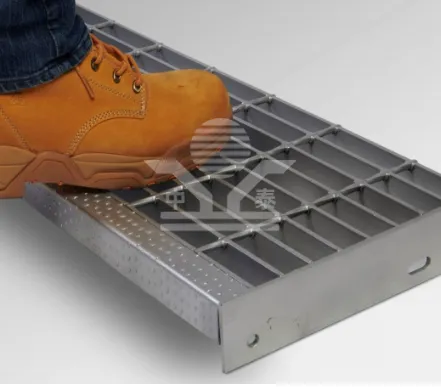Understanding Chain Link Fence Costs A Comprehensive Guide
When it comes to fencing options, chain link fences are among the most popular choices for residential, commercial, and industrial applications. Their durability, security features, and affordability make them a sought-after option. However, before making a decision, it’s essential to understand the various factors that affect the cost of chain link fences.
Factors Influencing Chain Link Fence Costs
1. Material Quality The primary component of a chain link fence is the wire itself, which is usually galvanized steel. The quality and thickness of the wire greatly influence the price. Heavier gauge wires are more durable and resistant to bending, rust, and damage, but they come at a higher cost. When budgeting for your fence, consider that investing in higher-quality materials can lead to lower maintenance costs in the long run.
2. Height and Length As with most fencing options, the height and length of the fence directly affect the total cost. Standard heights for chain link fences range from 3 to 12 feet, with taller fences typically requiring more material and labor. Additionally, the overall perimeter of the area you wish to enclose will dictate how much fencing material you need. Calculating your specific requirements in advance can help you gain a clear idea of the anticipated costs.
3. Gate Options Including gates in your chain link fence design will incrementally increase the cost. Gates come in various sizes and styles, and their prices range depending on whether they are manual or automated. If you need multiple access points or larger gates, these factors should be factored into your budget.
chain link fence cost

4. Installations and Labor Costs Installation is a crucial component of your overall costs. While some homeowners opt to install chain link fencing themselves, professionals can ensure a more secure and aesthetically pleasing result. Labor costs vary widely depending on your location, the complexity of the installation (such as terrain challenges), and the experience level of the contractor. On average, installation can account for 30% to 50% of the total cost.
5. Add-ons and Accessories Enhancements such as privacy slats, barbed wire, or vinyl coating can elevate both the functionality and the cost of your fence. Privacy slats provide a greater sense of seclusion and security, while colored coatings can improve aesthetic appeal. Depending on the choices made, these add-ons can notably increase the overall cost.
Average Costs
As a general guideline, the cost for chain link fencing ranges from $10 to $30 per linear foot, including materials and installation. For a standard 4-foot tall galvanized chain link fence, homeowners can expect to pay between $1,200 to $1,800 for approximately 100 linear feet, inclusive of gates and installation fees. Prices may vary regionally, so it is advisable to obtain quotes from multiple contractors in your area.
Conclusion
Choosing a chain link fence is an effective way to enhance security without breaking the bank. By understanding the various factors that influence costs—including material quality, height requirements, installation complexities, and any additional features—you can make a more informed decision fitting your budget and needs. Taking the time to research and plan will ultimately lead to better satisfaction with your fencing solution. Whether for a backyard, commercial property, or industrial site, chain link fences offer a versatile and cost-effective solution for a range of fencing needs.
-
The Best Metal Mesh Solutions: Expanded Aluminum Metal vs. Expanded Stainless Steel Metal
NewsSep.10,2024
-
Round Perforated Sheets vs. Hexagonal Perforated Sheets vs. Embossed Perforated Sheet Metal
NewsSep.10,2024
-
Perforated Metal Sheets
NewsSep.10,2024
-
Experience The Excellence Of Stainless Steel Grating
NewsSep.10,2024
-
Discover the Versatility Of Metal Mesh Expanded Forming Machines
NewsSep.10,2024
-
Discover The Advantages Of Steel Grating For Sale
NewsSep.10,2024
Subscribe now!
Stay up to date with the latest on Fry Steeland industry news.

